Since the invention of rubber agricultural tractor tires, farmers have been adding ballast to their tractors to maximize their pulling power and to optimize balance and stability. That ballast comes in two forms: iron weights and liquid-filled tires.
Liquid ballast comes in many forms. Most types of liquid ballast have some limitation. They freeze. They're no heavier than water. They're toxic, corrosive or very expensive.
Rim Guard® was developed and patented in 1998 as a liquid tire ballast that overcame all of the shortcomings of other liquid tire ballasts.
Rim Guard® is formulated from a byproduct of sugar beet processing so it comes from the American farm and goes back to the American farm.
Rudy's can install Rim Guard in any tire any where with our fleet of service trucks!
Tractor ballasting plays an important role in getting those chores and tasks done in the fastest and most economical manner. One aspect is controlling rear wheel slip. Too little weight and the tires spin, resulting in excessive tire wear and poor productivity. Too much weight and not only is fuel wasted but adverse ground compaction occurs. Studies from respected institutions such as Iowa State University Extension and Alberta Agricultural & Rural Department Ministry suggest the optimum amount of slippage is 10 – 15% for 2WD tractors and 8 – 12% for 4WD machines. Keeping slippage to these levels allows transfer of the most power possible to the drawbar.
A second important aspect is the protection of components such as the front axle. Front axles are generally smaller than their brothers at the rear and are not as heavy duty. When implements such as a front end loader (FEL) are added, front axle stresses are increased and without proper counterbalancing, can lead to premature failure of the axle and related components. As always, the first rule is to read the owner’s manual to learn the recommended amount of ballasting needed.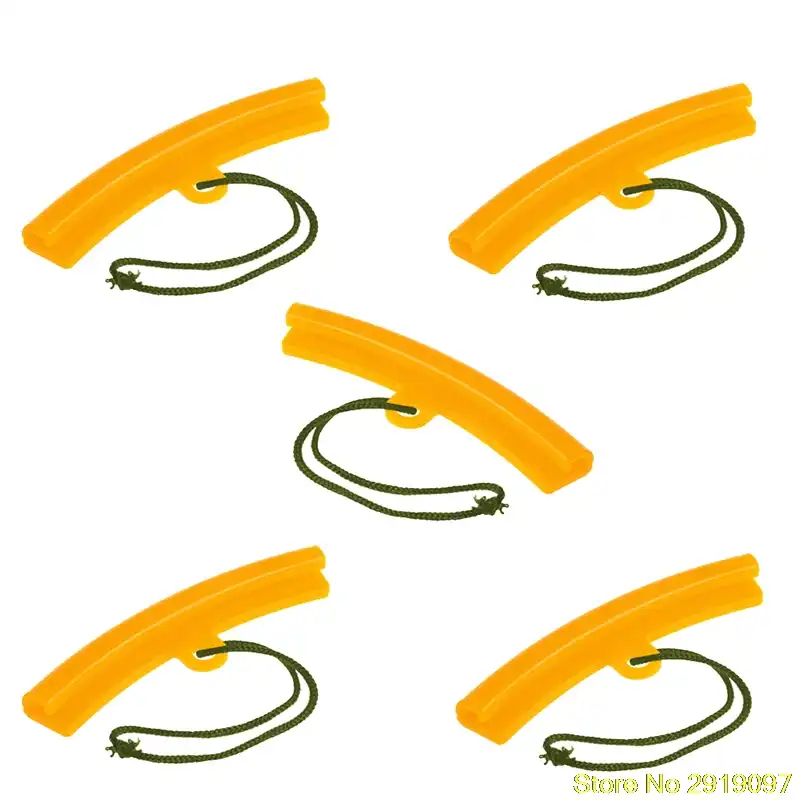
In this feature we will explore the different methods of adding ballast and the pros and cons of each, how to measure slippage, and the importance tire pressure plays.
Ballast Boxes
A ballast box can be as simple as a poured concrete cylinder or block with category-sized hitch pins extending outward from the mass, or steel fabricated shells filled with rocks, lead, steel, barbells, etc. In most cases this weight will be carried by the tractor's three-point hitch (3PH).
Pros: Ballast boxes can add a lot of weight in a small area and be removed or added whenever needed and only then. Prices range from the cost of concrete and a steel bar to $250 plus for a purchased box and then whatever materials are added for weight. Clever builders might cast in PVC tubes for transporting rakes and/or other tools. This method of adding weight is not affected by temperature extremes.
Snow Removal: What Implement to Best Handle Winter
Cons: These boxes add length to the tractor and lessen maneuverability. Weight is carried by the tractor frame, axles and tires, though as long as the ballast is sized according to manufacturer recommendations the extra heft should not be a problem.
Suitcase Weights and Implement Ballast
Another method of adding weight is through suitcase-style weights that can be hung on 3PH brackets. This method lets the user choose and vary the amount of desired weight. Common 3PH implements also make for good ballast. Box blades, tillers and rotary cutters often do double duty for this task. And in the case of box blades, most designs have vertical steel plates/beams that allow suitcase weights to be hung from those perch points. For ballasting of rear mounted or drawn implements, it’s not uncommon for tractors to have weight brackets built into the front frame assembly that can accept suitcase weights.
Pros: One big benefit is the low cost – free if an implement has already been purchased and is used as ballast. It is relatively easy to add or remove weight and ballast can be varied depending on the need or task. This ballast method is not affected by temperature extremes.
Cons: Weight added in front or behind the tractor also extends the overall length, which can hamper maneuverability. As with ballast box designs, added weight is distributed over the tractor frame, axles and tires.
Wheel Weights
Ballasting through this method can be accomplished through cast discs that fit inside the tractor wheels or plastic shells filled with concrete or sand. Some systems even employ a starter first weight that can accommodate additional layers. Larger tractors such as the Case Maxxum 115 we tested in October may even come with bar axles ready to accept additional ballast.
Pros: Ballast can be added or removed, though not as easily as a slip on suitcase weight. Weight is entirely carried by the tractor axle and tires (better than 3PH ballast). Not affected by temperature extremes.
Weight is entirely carried by the tractor axle and tires (better than 3PH ballast). Not affected by temperature extremes.
Lawn Care Tips: Soil Testing
Cons: Weight adding ability is limited to inner wheel space. If additional weight layers are added, maneuverability is affected. And in the case of bar axles which we liken to Ben-Hur hubs, when installed they call for an extra degree of caution around posts and doors. Wheel weights generally cost $1 - $2/lb. And if they are made from cast iron, wheel weights need to be painted and then maintained.
Loaded Tires
Adding fluid to tires has long been a preferred method of adding weight. This method doesn’t occupy the 3PH or increase turning radius/decrease maneuverability. Fluid-filled tires also have a less “springy” feel due to the displaced air content. This can especially be of benefit in precise loader work where implement fidgetiness can be counterproductive or even dangerous. And for all the below methods, the weight is no longer carried by the tractor frame, axles or tires since it is distributed across the footprint directly to the ground.
And for all the below methods, the weight is no longer carried by the tractor frame, axles or tires since it is distributed across the footprint directly to the ground.
Starting with water, we’ll explore some of the different liquids used.
Water
Pros: Water is about as affordable as you can get. As well, it's non toxic, so it wont' kill the lawn, garden or crops if spilled.
Cons: 32-degree F freeze point. Combines with tire air (oxygen) and will cause rims to rust over time. Nitrogen substituted for straight air can alleviate this but requires access to a filling station. At 8.3 lbs per gallon is one of the least efficient (lightest) methods of adding weight.
Calcium Chloride
Pros: This dense chemical salt solution of calcium and chlorine has long been used in farming, ranching and commercial applications. It's an effective method of adding weight (11.5 lbs per gallon), is inexpensive, and is freeze protected until -30-degrees F to -40-degrees F depending on mixture.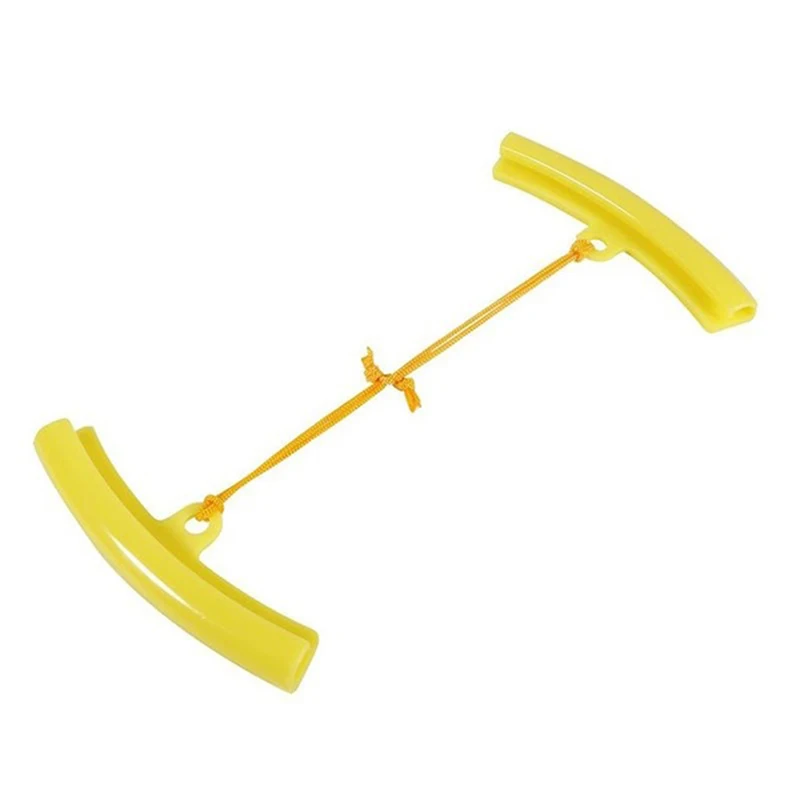
Cons: This method requires tubes, which cost $30 - $80 per tire. As well, it has a hygroscopic nature, meaning if exposed to air it will attract/absorb water and cause rust to metal surfaces. It requires specialized equipment to fill tires, along with operator safety precautions. It is highly corrosive and toxic. If ingested by a pet the results will most likely not be good. Calcium Chloride is classified by many states as a hazardous waste, requiring special handling and disposal methods. It will contaminate soil and prevent plants from growing if it spills.
Anti-Freeze/Glycol
Pros: This is relatively inexpensive, while protecting from freezing to about -25-degrees F depending on mix.
Cons: Automotive-style anti-freeze is highly toxic. If spilled, it will contaminate soil and pollute ground water. It is toxic to animals. Also at 8.3 lbs per gallon, Anti-Freeze/Glycol is no more efficient at adding weight than water.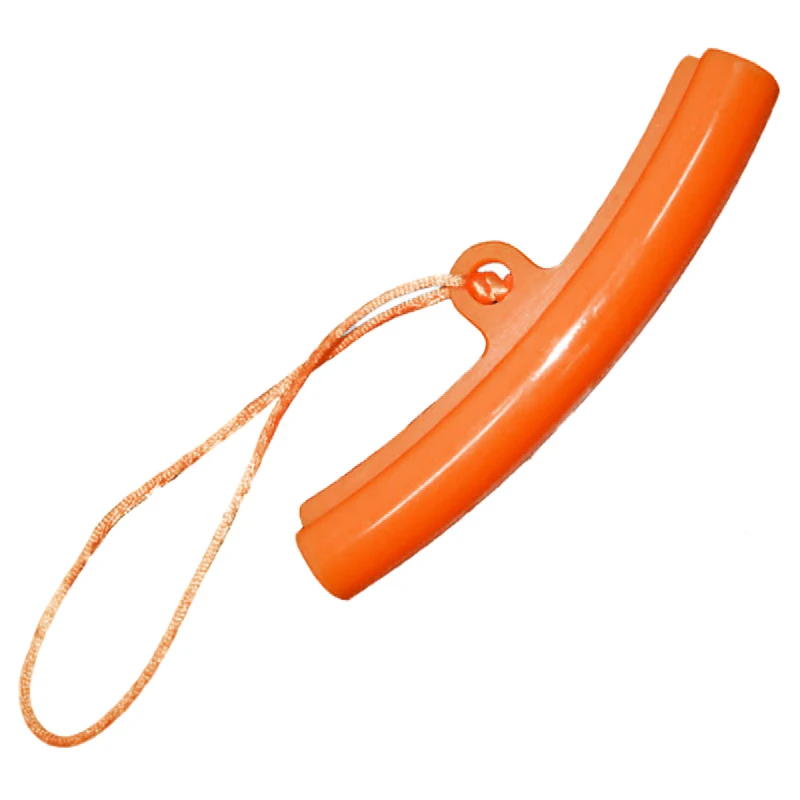
Windshield Washer Solvent
Pros: Relatively inexpensive, this is usually non-corrosive and non-flammable.
Cons: Also adds only 8.3 lbs. per gallon. Considered somewhat toxic and is certainly not pet safe.
Methanol
Pros: Few.
Cons: Extremely flammable. Highly toxic, even to rubber and will over time attack tires and rims. It also weighs less than water.
Rim Guard
Pros: Inexpensive beet juice mixture costs approximately $0.28/lb. Weighs 10.7 – 11.0 lbs per gallon (about the same as calcium chloride). It is non-corrosive and non-toxic. If spilled it will not contaminate the soil or kill your pets. As well, it does not require tubes.
Cons: May attack rubber joints in valve stems (metal stems are recommended).
How to Measure Slippage
Slippage is easily measured by two people without specialized equipment.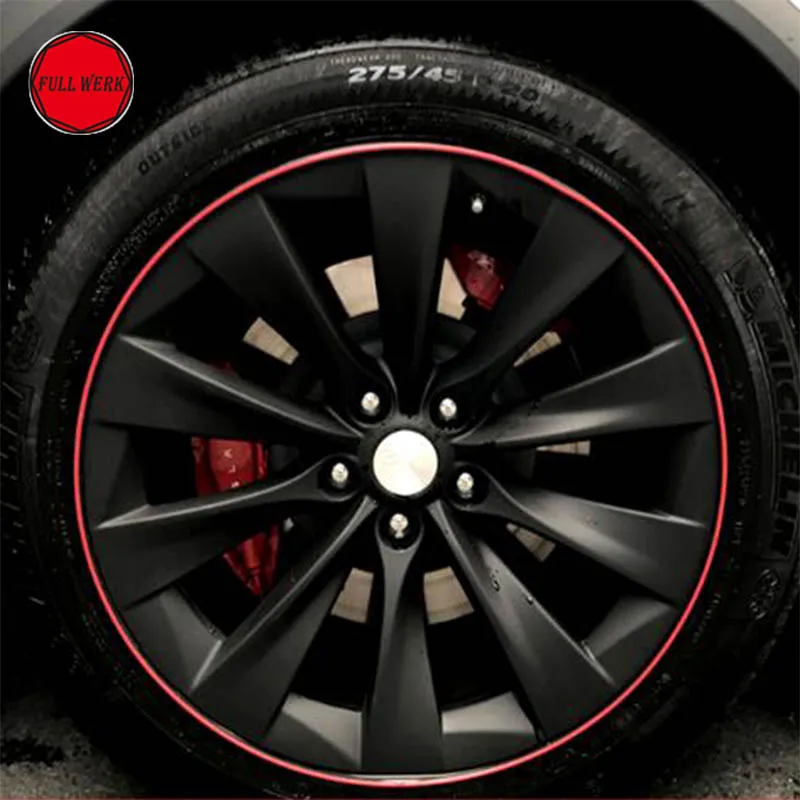 The first step is to stake out a course containing similar conditions to the field where the tractor will be used. A chalk mark (we like to put it at the valve stem position) helps keep track of the revolutions to be measured.
The first step is to stake out a course containing similar conditions to the field where the tractor will be used. A chalk mark (we like to put it at the valve stem position) helps keep track of the revolutions to be measured.
How To Choose A Transmission For Your Tractor
One person starts the tractor with the implement running or in ground-engaging position before reaching the start point. When the tractor reaches the starting line, the helper (at a safe distance) notes the position of the chalk line and begins to count revolutions. When 10 revolutions are reached, the helper places a marker. The tractor is then returned to starting line to begin the course again, this time without the implement engaged or lowered (using the same gear and engine RPM). From the starting line, the helper again counts revolutions (to the nearest ¼ turn). Then the following formula is applied:
Percent Slip = (10 revolutions with load) – (10 revolutions without load) X 100 then divided by (10 revolutions without load).
For example, if the distance it took to get 10 revolutions under load takes 8.5 revolutions without load, the calculated slip would be 15 percent.
The Importance of Tire Pressure
It is well known that underinflated tires wear sidewalls quickly. A natural tendency is to overinflate tires but that reduces lug contact with the soil which increases slippage and fuel consumption. Correct tire inflation for the load carried can be found on the tire manufacturer’s website or in the operator’s manual. Combined with proper ballasting and knowledge of axle weight, proper inflation values can be extrapolated.
Conclusion
To achieve maximum performance, ballasting and tire inflation must be considered. What type of ballast is right for your situation and conditions will be dictated by the implements at your disposal, whether your tractor is single-use or not (task dedicated), your budget, need and ease to add/remove weight and preferences that may be specific to your farm.
For a multi-use tractor, the ability to remove ballast in late spring for light drawbar work such as planting or spraying and for mowing and baling, and then the ability to add ballast for fall tillage will be the prime driver. For single-use machines those needs may be different. Whatever the type of ballast used, the prime driver always is maximum productivity with maximum fuel economy. Anything less and the farm suffers
Until now, the only tire ballast products available have been expensive foams (which are more sealant than ballast), steel weights and corrosive liquids (like calcium or magnesium chloride).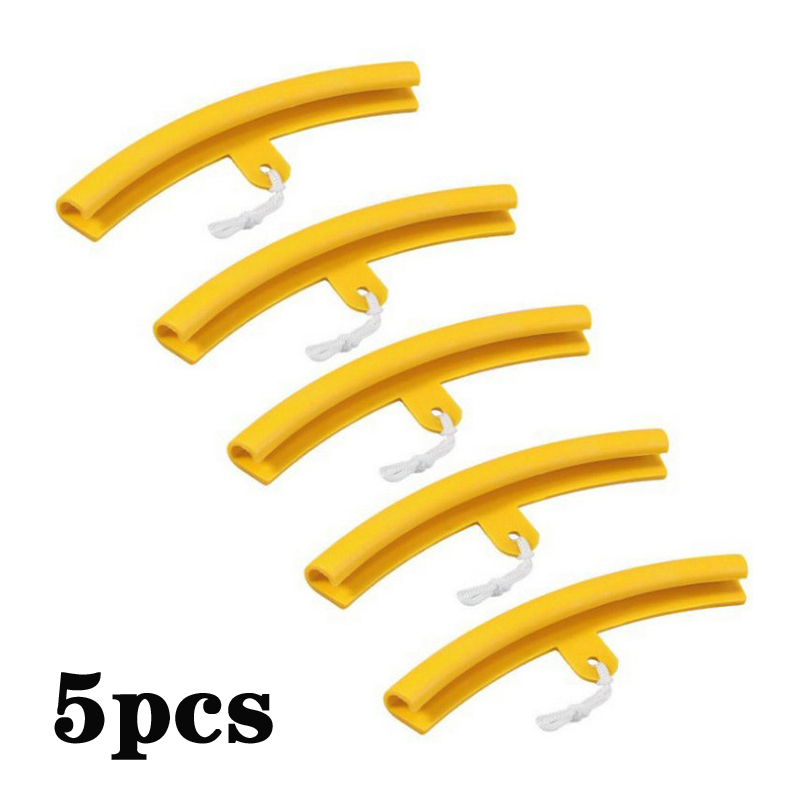 Foams often cost more than the tire itself and ride hard over rough surfaces because the tire is solid. Steel wheel weights are very
expensive and cumbersome to mount. And chlorides, while relatively inexpensive, are very damaging to wheel rims, equipment and the environment.
Foams often cost more than the tire itself and ride hard over rough surfaces because the tire is solid. Steel wheel weights are very
expensive and cumbersome to mount. And chlorides, while relatively inexpensive, are very damaging to wheel rims, equipment and the environment.
Well, all of that has changed. Now there is a new product for tires called Rim Guard™, a patented liquid wheel ballast that eliminates rust damage to tire rims, valves, gauges and pumps. In fact, Rim Guard™ is specially formulated to protect metal from damaging corrosion. Rim Guard is so safe it’s even OSHA-approved for use as livestock feed. Best of all, this amazing product is easily injected into tires or tubes and can be used safely in both new and antique equipment.
Rim Guard™ is perfect for use with:

Compare the advantages of Rim Guard™ over all other tire ballast alternatives.
Calcium Chloride
 Rim Guard™ comes ready-to-use and can be installed in both tubed and tubeless tires.
Rim Guard™ comes ready-to-use and can be installed in both tubed and tubeless tires.
 It will contaminate soil and prevent plants from growing if it spills. Many states and municipalities classified it as a hazardous waste requiring cumbersome and expensive handling and disposal procedures. Rim Guard™ is totally non-toxic, biodegradable, and animal food safe. It is easily diluted with water and can be disposed of as easily as water.
It will contaminate soil and prevent plants from growing if it spills. Many states and municipalities classified it as a hazardous waste requiring cumbersome and expensive handling and disposal procedures. Rim Guard™ is totally non-toxic, biodegradable, and animal food safe. It is easily diluted with water and can be disposed of as easily as water.
Anti-Freeze or Glycol
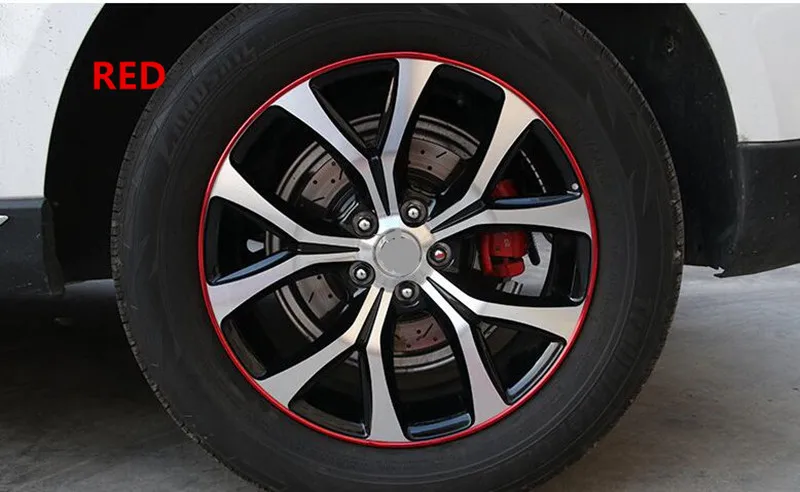 It will contaminate soil and pollute ground water. It will poison animals. And it requires special disposal methods. Rim Guard™ is a byproduct of sugar beet processing. It comes from the farm and returns to the farm. It is non-toxic and can be diluted with water and rinsed down the drain if it spills.
It will contaminate soil and pollute ground water. It will poison animals. And it requires special disposal methods. Rim Guard™ is a byproduct of sugar beet processing. It comes from the farm and returns to the farm. It is non-toxic and can be diluted with water and rinsed down the drain if it spills.
Methanol and Water

Windshield Washer Solvent

{} []
An error occurred while submitting this form.
On the sidewall of each tire, an incredible number of letters and numbers are applied, which are not always clear to the average car enthusiast. Today we will talk about the FR marking on the tire. What is it and is it worth buying models with such letters?
You can meet this designation only on tires of the Continental brand, which means that we have rubber with a side that protects the disk from damage. If we look closely at the tire itself, we will see an additional element in the bead area, similar to a seal or belt.
Another name for the thickening at the point of contact between the product and the metal is a bump, which protects against mechanical shocks in the profile. Able to withstand lateral damage on bad roads, hitting a sharp stone or hitting a curb separating the pedestrian sidewalk and the roadway.
All such tires are collected in our catalog at this link: tires with rim protection
The need to create tires with such functionality did not arise by chance. Experienced drivers know that during parking, when there is not enough space, rubbing against the curb occurs, as a result of which you can scratch and even damage the disc.
Beautiful and striking, alloy wheels are very fragile. In the case of dents, they are not always amenable to repair, during which they sometimes split. Therefore, drivers try to be extremely careful, especially at night.
Manufacturers, realizing the problem, decided to make a special bead reinforcement, thus protecting the rim from accidental damage.
This item is optional and does not apply to all tyres. Therefore, there are no uniform rules for their production.
This seal is most often used on low profile tires where the profile height is below 55% of the width. Wheels with such tires are most prone to damage.
Wheels with such tires are most prone to damage.
For higher profile tyres, this problem is virtually non-existent, as the edge is placed on top of the metal to protect it.
There is a special reinforcement on models made in agreement with car manufacturers, in the case of the so-called tire homologation. And also on tires selected for original equipment. At the same time, on a similar model in the same size, which is supplied to the market for secondary equipment, a similar addition may not be available.
Used by premium or big-name brands, each of which indicates the presence of this element in its own way:
As you can see from the names, the essence is identical - to protect against damage. We also know about the designation CPJ, which is used by Michelin for tires with the same functionality, produced for the North American market. The absence of a special seal is indicated by the letters FB (Flat Base) - “flat base”, but they are not placed on all tires.
We also know about the designation CPJ, which is used by Michelin for tires with the same functionality, produced for the North American market. The absence of a special seal is indicated by the letters FB (Flat Base) - “flat base”, but they are not placed on all tires.
If you drive on low profile tires and care about the safety of your rims, we recommend buying tires marked FR/FP/FRP/RPB/MFS and others.
Even an old woman gets a hole, so even experienced drivers sometimes rub the disc against the curbstone. If there are inexpensive iron discs, you will not be very upset. And if you hit expensive alloy wheels of large diameter - be in a bad mood, because painting scratches and repairing chips will cost a lot. Watch the video to find out what to look for when choosing tires for expensive wheels. If it is uncomfortable to watch, read the material under the video.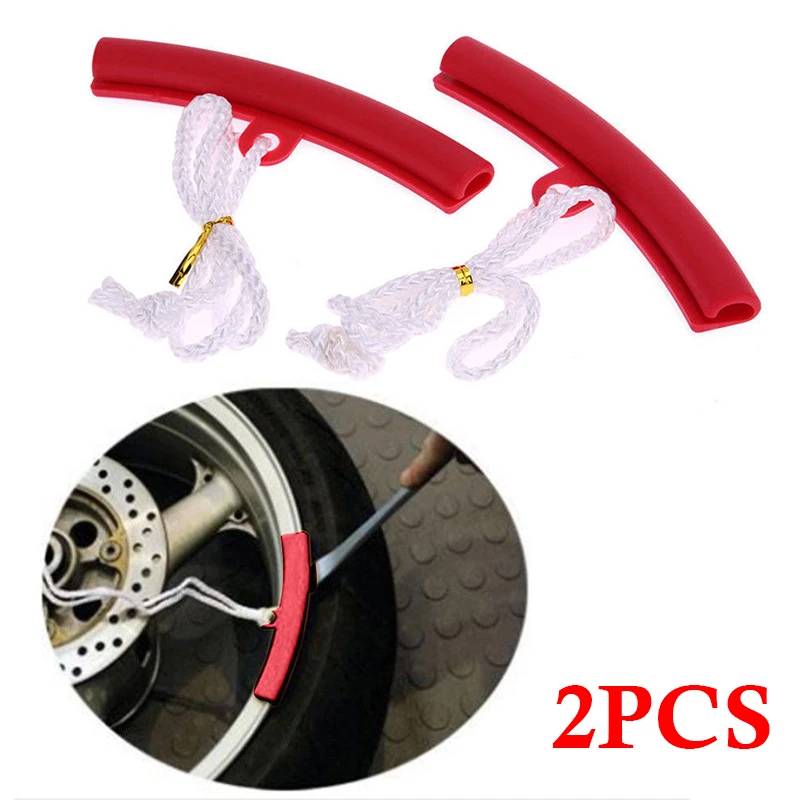
Join us on Instagram, Facebook, VKontakte or Odnoklassniki to stay up to date with news, contests, discounts and promotions. More interesting information about tires and cars - on our YouTube channel.
Hard-hit parking enthusiasts know that tire sellers offer models with what is known as rim protection. Most often, these tires have a special marking. For example, for Goodyear this marking looks like “FP” or “RFP”, for Dunlop it looks like “MFS”. Yokohama labels rim guard tires with the acronym "RPB", while Continental labels them with "FR".
Some manufacturers do not mark the rim protection on the tire in any way. For example, Bridgestone and Michelin do this. Nuance: Michelin tires are labeled "CPJ", but only if they are supplied to the North American market.
To protect the rim from damage, tire manufacturers use an additional sidewall element located in the bead area. It can be made in the form of a protruding belt or a special seal in the same area. Most often, rim protection is used for tires with a low profile, that is, for those tires whose second digit in the size is less than 55.
It can be made in the form of a protruding belt or a special seal in the same area. Most often, rim protection is used for tires with a low profile, that is, for those tires whose second digit in the size is less than 55.
Regular profile tires do not need this marking because the sidewalls that extend beyond the rim naturally protect the rim from damage. The higher profile also enhances driving comfort: driving on rough roads is smoother and quieter.
But drivers still choose low profile tires. Firstly, to give the car a more attractive look. Secondly, to improve characteristics such as directional stability and responsiveness to control. Wheel rim protection for low profile tires is always welcome.
Whether or not there is a protective element in the bead area, tire manufacturers decide in two ways. The first approach is to take a certain model and provide protection for the disc rim in all its sizes. The second approach is to take one or several sizes and use the rim protection only for them.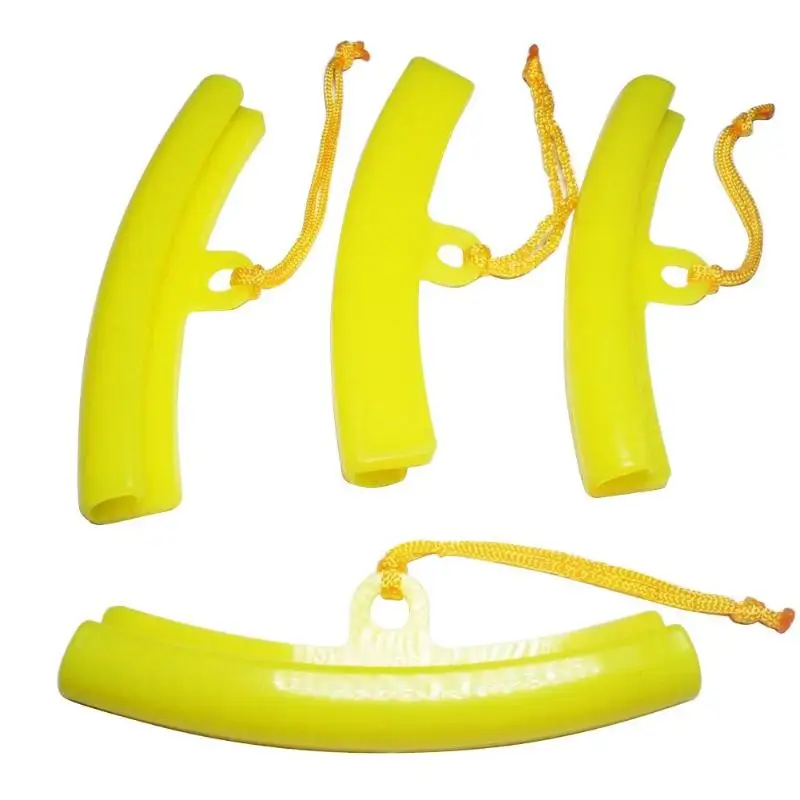
The manufacturer can also add a disc protection element at the request of the car company when homologating the OE tire. That is, the same model in the same size can be supplied both with disc protection against chafing - to automobile factories, and without protection - for the secondary market. At the same time, the homologated tire will not have markings that indicate the protection of the rim.
In order for buyers to understand whether a protective element is provided for a certain tire in a certain size or not, there is a corresponding mark on the autoset.by website in the block with technical characteristics.
Consultation on the selection of tires with disc rim protection can be obtained from the specialists of Avtoset shopping centers.
According to the International Agency MASMI Research Group for 2018, Avtoset is the leader of the Belarusian tire market.
Addresses of Avtoset stores:
